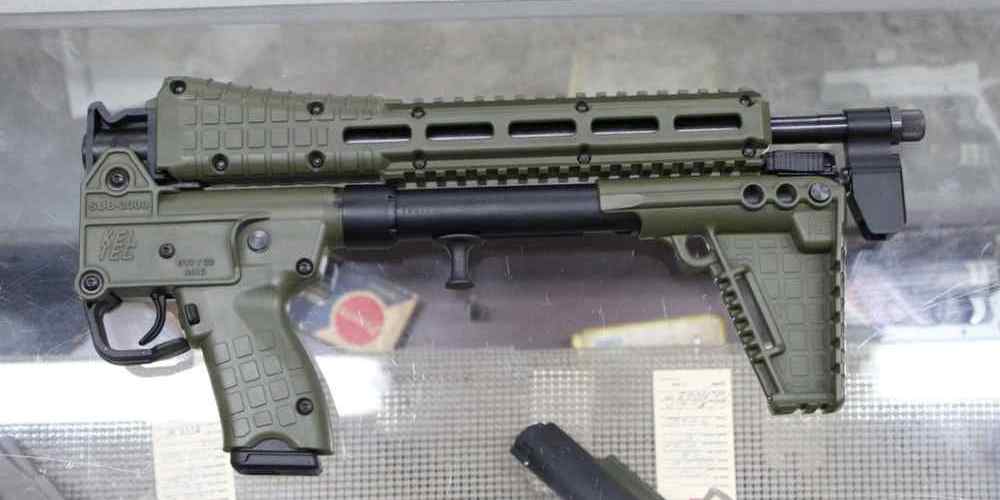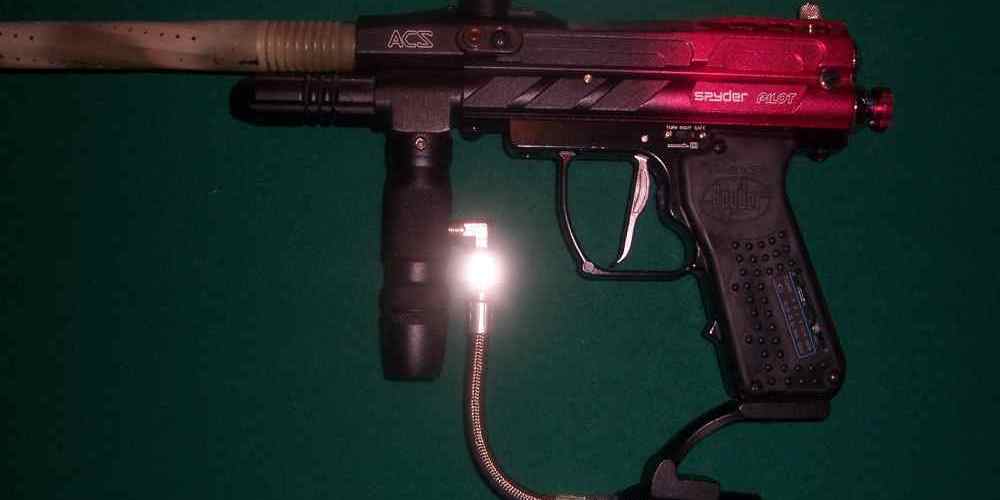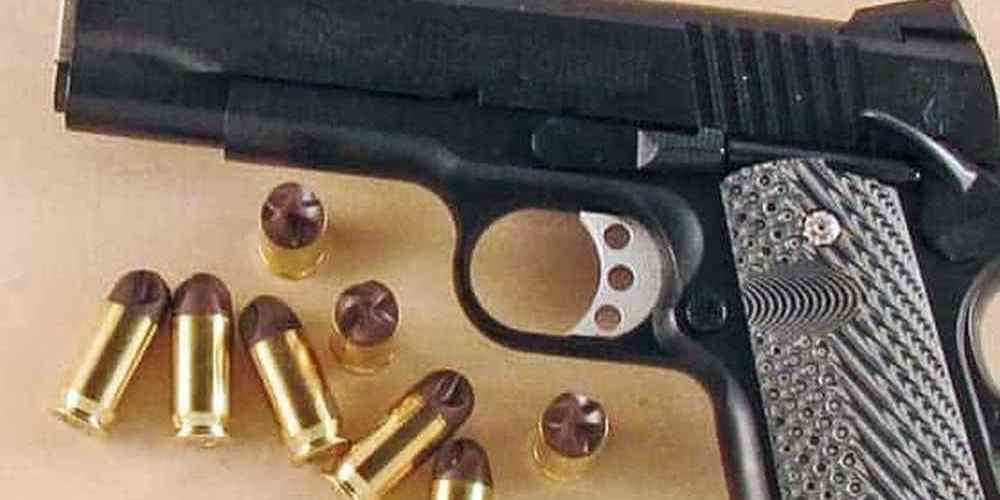Uncover the secrets to expert stripping with precision and finesse.
Proper Equipment Maintenance for Stripping
Proper equipment maintenance is crucial for any experienced owner looking to dive into detail stripping. Taking care of your tools not only ensures their longevity but also guarantees optimal performance during the stripping process. In this guide, we will discuss the key steps to maintaining your equipment for successful detail stripping.
First and foremost, it is essential to regularly clean your tools after each use. Detail stripping can be a messy job, and dirt, grime, and debris can quickly build up on your equipment. Use a mild detergent and warm water to clean your tools thoroughly, making sure to remove any residue that may have accumulated. Dry your tools completely before storing them to prevent rust and corrosion.
In addition to cleaning, it is important to inspect your tools regularly for any signs of wear and tear. Check for loose screws, damaged blades, or any other issues that may affect the performance of your equipment. Replace any worn-out parts immediately to avoid any potential safety hazards during the stripping process.
Proper storage is also key to maintaining your equipment. Store your tools in a dry, cool place away from direct sunlight and moisture. Consider investing in a tool chest or organizer to keep your tools organized and protected when not in use. This will not only prolong the life of your equipment but also make it easier to find and access your tools when you need them.
Regularly lubricating your tools is another important step in equipment maintenance. Use a high-quality lubricant to keep moving parts running smoothly and prevent rust and corrosion. Apply the lubricant according to the manufacturer’s instructions, paying special attention to hinges, blades, and other areas that may experience friction during use.
Lastly, it is crucial to follow the manufacturer’s guidelines for maintenance and care of your equipment. Different tools may require different maintenance routines, so be sure to read the instruction manual that came with your tools. If you are unsure about how to properly care for a specific tool, reach out to the manufacturer for guidance.
In conclusion, proper equipment maintenance is essential for any experienced owner looking to dive into detail stripping. By regularly cleaning, inspecting, and storing your tools, as well as lubricating them and following the manufacturer’s guidelines, you can ensure that your equipment performs optimally during the stripping process. Taking care of your tools not only prolongs their life but also guarantees a successful and efficient stripping experience. So, roll up your sleeves, grab your tools, and dive into detail stripping with confidence knowing that your equipment is well-maintained and ready for the job.
Advanced Stripping Techniques for a Flawless Finish
If you’re an experienced owner looking to take your stripping skills to the next level, advanced techniques can help you achieve a flawless finish. Diving into detail stripping requires precision, patience, and a keen eye for detail. In this guide, we’ll explore some advanced stripping techniques that will help you achieve professional results.

One of the key aspects of detail stripping is proper preparation. Before you begin, make sure to thoroughly clean the surface you’ll be working on. Any dirt, grease, or grime can interfere with the stripping process and result in an uneven finish. Use a degreaser or cleaner specifically designed for the type of surface you’re working on to ensure a clean canvas for your stripping efforts.
Once the surface is clean, it’s time to choose the right stripping agent for the job. There are a variety of stripping agents available, each designed for specific types of finishes and surfaces. Make sure to read the manufacturer’s instructions carefully and test the stripping agent on a small, inconspicuous area before applying it to the entire surface.
When applying the stripping agent, use a brush or applicator to ensure even coverage. Work in small sections, applying the stripping agent in a thin, even layer. Allow the stripping agent to sit for the recommended amount of time, typically 15-30 minutes, before beginning the removal process.
To remove the old finish, use a scraper or putty knife to gently lift the softened finish from the surface. Work in the direction of the wood grain to avoid damaging the underlying surface. If necessary, repeat the stripping process until all of the old finish has been removed.
Once the old finish has been stripped away, it’s time to clean the surface again to remove any residue left behind by the stripping agent. Use a clean cloth or sponge and a mild detergent to clean the surface thoroughly. Allow the surface to dry completely before moving on to the next step.
After the surface is clean and dry, it’s time to sand the surface to smooth out any imperfections left behind by the stripping process. Start with a coarse grit sandpaper to remove any remaining finish or rough spots, then switch to a finer grit sandpaper to smooth out the surface. Sand in the direction of the wood grain to avoid scratching the surface.
Once the surface is smooth and free of imperfections, it’s time to apply a new finish. Choose a finish that is compatible with the type of wood you’re working with and apply it according to the manufacturer’s instructions. Use a brush or applicator to ensure even coverage and allow the finish to dry completely before using the surface.
By following these advanced stripping techniques, you can achieve a flawless finish that will enhance the beauty of your wood surfaces. With proper preparation, the right tools and materials, and a little patience, you can take your stripping skills to the next level and achieve professional results. So roll up your sleeves, grab your stripping agent, and dive into detail stripping for a flawless finish that will impress even the most discerning eye.
Troubleshooting Common Stripping Issues
Diving into Detail Stripping: A Guide for the Experienced Owner
If you’re an experienced car owner who loves to keep your vehicle looking its best, then you’re probably no stranger to detail stripping. Detail stripping is the process of removing various parts and components of your car to thoroughly clean and maintain them. While detail stripping can be a rewarding and effective way to keep your car in top condition, it can also come with its fair share of challenges. In this guide, we’ll explore some common stripping issues that experienced owners may encounter and provide tips on how to troubleshoot them.
One common issue that experienced owners may face when detail stripping their car is difficulty in removing stubborn parts. Whether it’s a tight bolt, a stuck clip, or a stubborn adhesive, encountering resistance when trying to remove a part can be frustrating. In these situations, it’s important to exercise patience and caution. Trying to force a part out can lead to damage or breakage, which can be costly to repair. Instead, try using a penetrating lubricant to loosen stubborn bolts or clips. If adhesive is the issue, a heat gun or hairdryer can help soften the adhesive and make it easier to remove the part.
Another common stripping issue that experienced owners may encounter is damage to delicate parts during the removal process. Some parts, such as trim pieces or interior panels, can be easily scratched, dented, or broken if not handled carefully. To avoid damaging delicate parts, take your time and use the proper tools for the job. Plastic trim removal tools, soft-bristled brushes, and microfiber cloths can help protect delicate surfaces from scratches and other damage. Additionally, be mindful of the direction in which you’re pulling or prying a part to avoid putting unnecessary stress on it.
One of the most frustrating stripping issues that experienced owners may face is finding hidden fasteners or clips that are difficult to locate. Some parts may be held in place by hidden screws or clips that are not immediately visible, making it challenging to remove them. In these situations, a service manual or online resources can be invaluable tools. These resources can provide detailed instructions on how to access and remove hidden fasteners, saving you time and frustration. Additionally, using a flashlight or mirror to inspect hard-to-reach areas can help you locate hidden clips or screws.
Finally, a common stripping issue that experienced owners may encounter is difficulty in reassembling parts after cleaning or maintenance. With so many parts and components to keep track of, it’s easy to become overwhelmed during the reassembly process. To make reassembly easier, take photos or make notes as you disassemble the parts. This will help you remember the proper orientation and placement of each part when it comes time to put them back together. Additionally, organizing parts in labeled bags or containers can help you keep track of them and prevent mix-ups during reassembly.
In conclusion, detail stripping can be a rewarding and effective way to keep your car looking its best, but it can also come with its fair share of challenges. By being patient, cautious, and prepared, experienced owners can troubleshoot common stripping issues and ensure a successful detailing experience. Remember to take your time, use the proper tools, and seek out resources when needed to overcome stripping challenges and keep your car in top condition. Happy detailing!
Maximizing Efficiency in Stripping Projects
If you’re an experienced owner looking to maximize efficiency in your stripping projects, diving into detail stripping is a great way to achieve your goals. Detail stripping involves breaking down a project into smaller, more manageable tasks, allowing you to focus on each individual component and ensure that nothing is overlooked. By taking a systematic approach to stripping, you can save time, reduce waste, and achieve a higher level of precision in your work.
One of the key benefits of detail stripping is that it allows you to identify potential issues early on in the process. By breaking down a project into smaller tasks, you can more easily spot areas that may require additional attention or resources. This proactive approach can help you avoid costly mistakes and delays down the line, ultimately saving you time and money in the long run.
Another advantage of detail stripping is that it allows you to work more efficiently. By focusing on one task at a time, you can streamline your workflow and eliminate unnecessary steps or redundancies. This can help you complete your projects more quickly and with greater accuracy, leading to a higher level of satisfaction for both you and your clients.
To get started with detail stripping, begin by creating a detailed plan for your project. Break down the overall scope of work into smaller tasks, and assign each task to a specific team member or subcontractor. Be sure to establish clear timelines and deadlines for each task, and regularly check in with your team to ensure that everything is progressing according to plan.
As you work through your project, be sure to document your progress and make note of any issues or challenges that arise. This information can be invaluable for future projects, allowing you to learn from your experiences and make improvements to your process over time.
In addition to improving efficiency, detail stripping can also help you achieve a higher level of quality in your work. By focusing on each individual component of a project, you can ensure that every detail is carefully considered and executed to the highest standards. This level of precision can set you apart from your competitors and help you build a reputation for excellence in your field.
To maximize the benefits of detail stripping, be sure to invest in the right tools and equipment for your projects. High-quality tools can help you work more efficiently and achieve better results, so don’t skimp on this essential aspect of your business. Additionally, consider investing in training and development opportunities for yourself and your team to ensure that everyone is up to date on the latest techniques and best practices in the industry.
By taking a systematic approach to stripping projects and diving into detail stripping, you can maximize efficiency, improve quality, and achieve greater success in your work. With careful planning, attention to detail, and a commitment to continuous improvement, you can set yourself apart as a leader in your field and build a thriving business that consistently delivers exceptional results.
Safety Precautions for Experienced Strippers
When it comes to stripping paint or other finishes from a surface, safety should always be a top priority. While experienced owners may feel confident in their abilities, it’s important to remember that accidents can happen to anyone. By following a few key safety precautions, you can ensure that your stripping project goes smoothly and without incident.
One of the most important safety precautions to take when stripping paint is to wear the proper protective gear. This includes gloves, goggles, and a respirator. Gloves will protect your hands from the harsh chemicals in many stripping products, while goggles will prevent any splashes or fumes from getting into your eyes. A respirator is essential for protecting your lungs from the potentially harmful vapors that can be released during the stripping process.
Another important safety precaution is to work in a well-ventilated area. This will help to minimize your exposure to fumes and ensure that any vapors are quickly dispersed. If you are working indoors, consider using a fan or opening windows to improve air circulation. If you are working outdoors, be mindful of wind direction and try to position yourself so that any fumes are carried away from you.
It’s also important to read and follow the manufacturer’s instructions for the stripping product you are using. Different products may have different application methods and safety precautions, so it’s important to familiarize yourself with the specific requirements for the product you are using. This will help to ensure that you are using the product safely and effectively.
When working with stripping products, it’s important to take breaks as needed. Stripping can be a physically demanding task, and it’s important to listen to your body and take breaks when you start to feel fatigued. This will help to prevent accidents and ensure that you are able to complete your project safely.
Finally, it’s important to properly dispose of any waste materials from the stripping process. Many stripping products contain hazardous chemicals that can be harmful to the environment if not disposed of properly. Be sure to follow local regulations for disposing of hazardous waste, and take care to properly seal and label any containers that contain waste materials.
By following these safety precautions, experienced owners can ensure that their stripping projects are completed safely and effectively. Remember, safety should always be a top priority when working with stripping products. By wearing the proper protective gear, working in a well-ventilated area, following manufacturer’s instructions, taking breaks as needed, and properly disposing of waste materials, you can ensure that your stripping project goes smoothly and without incident.







